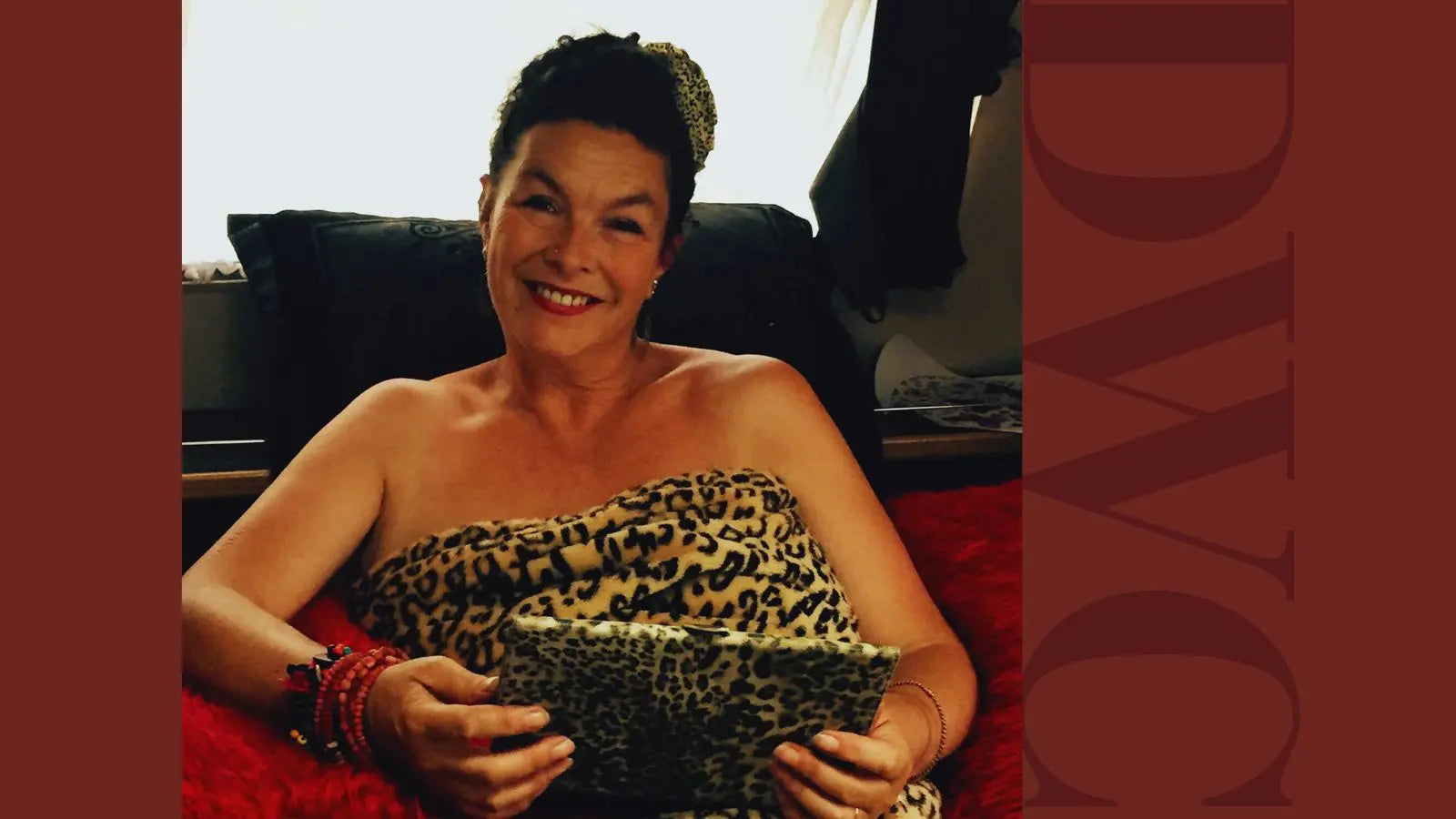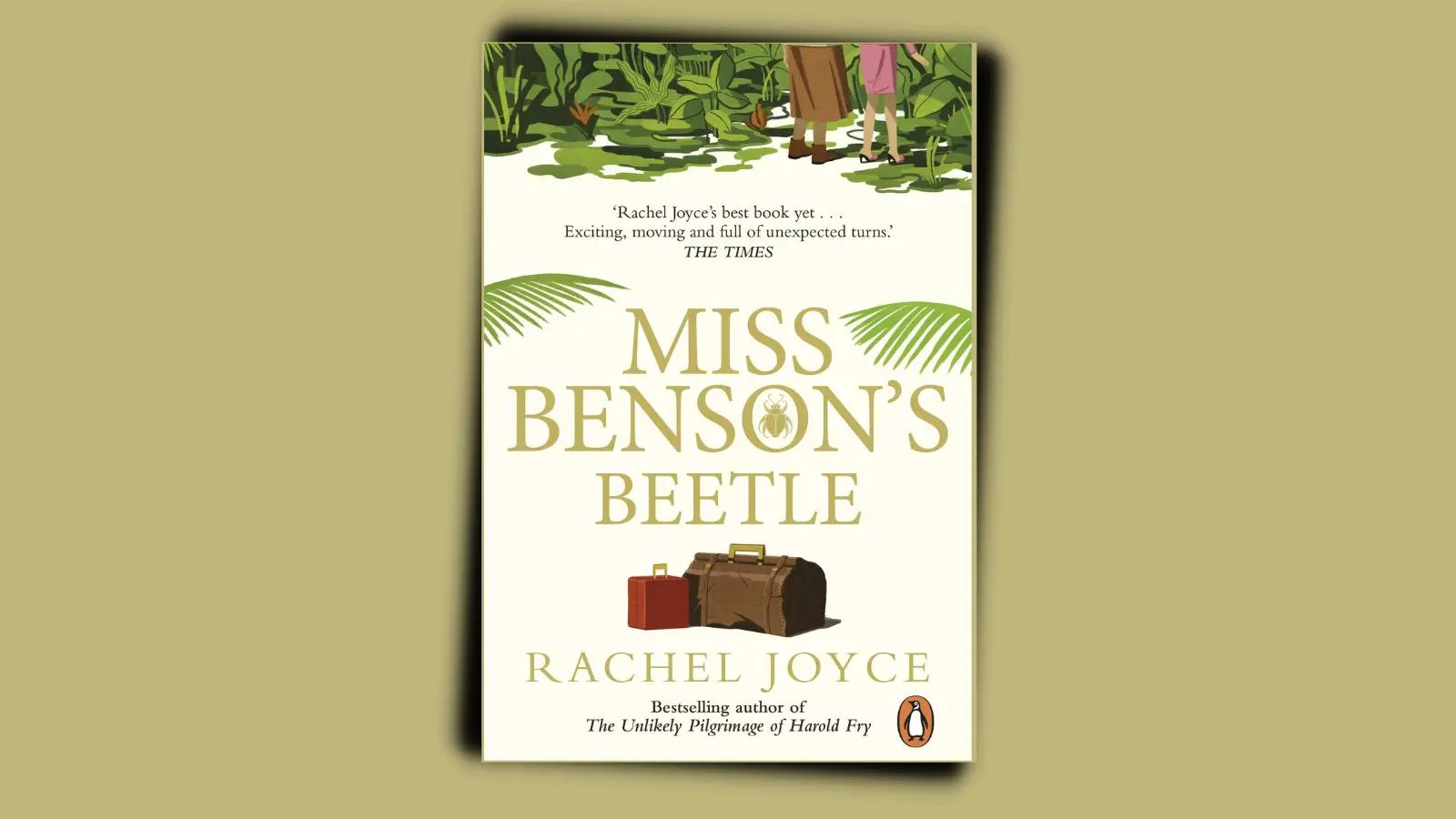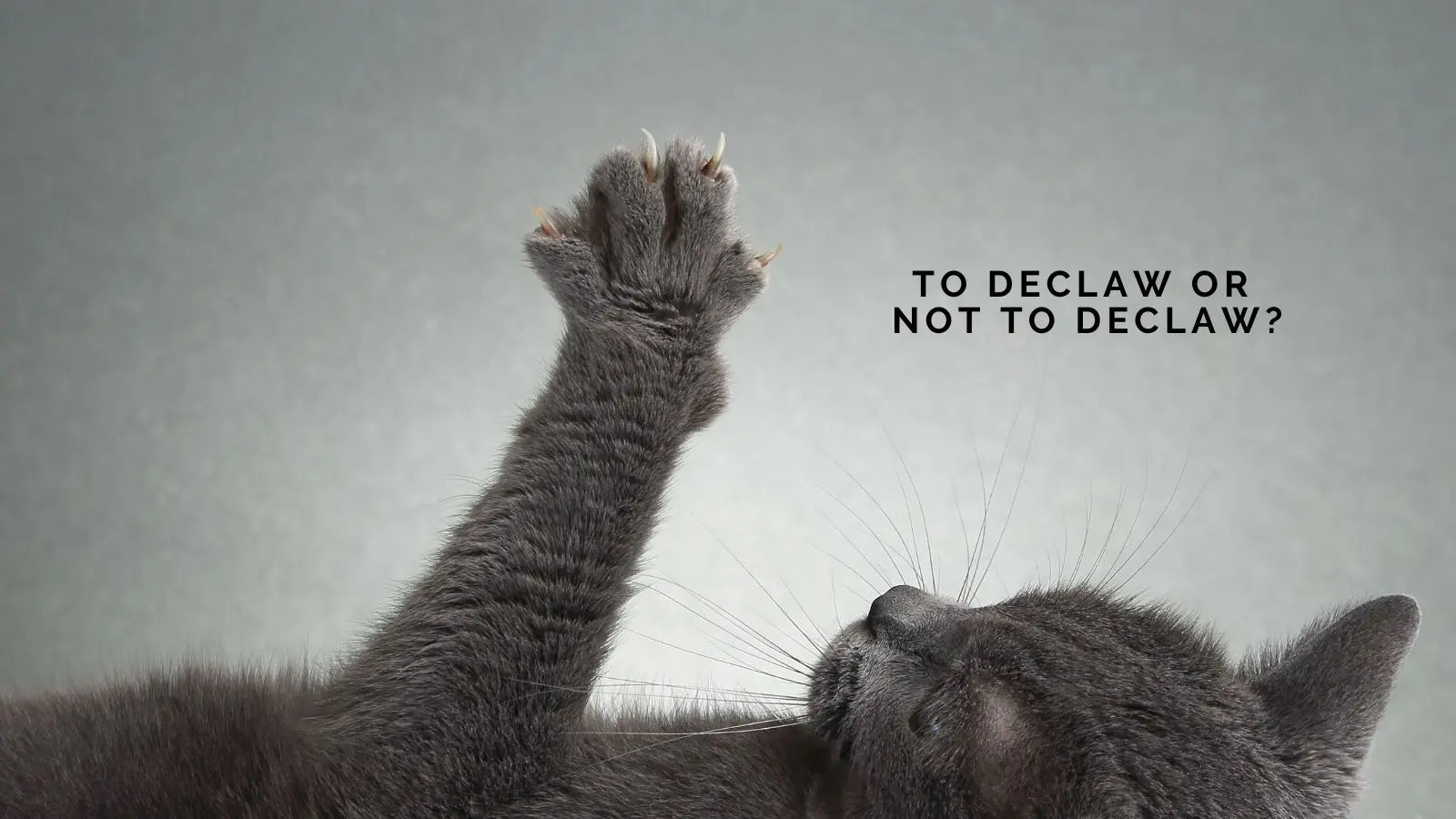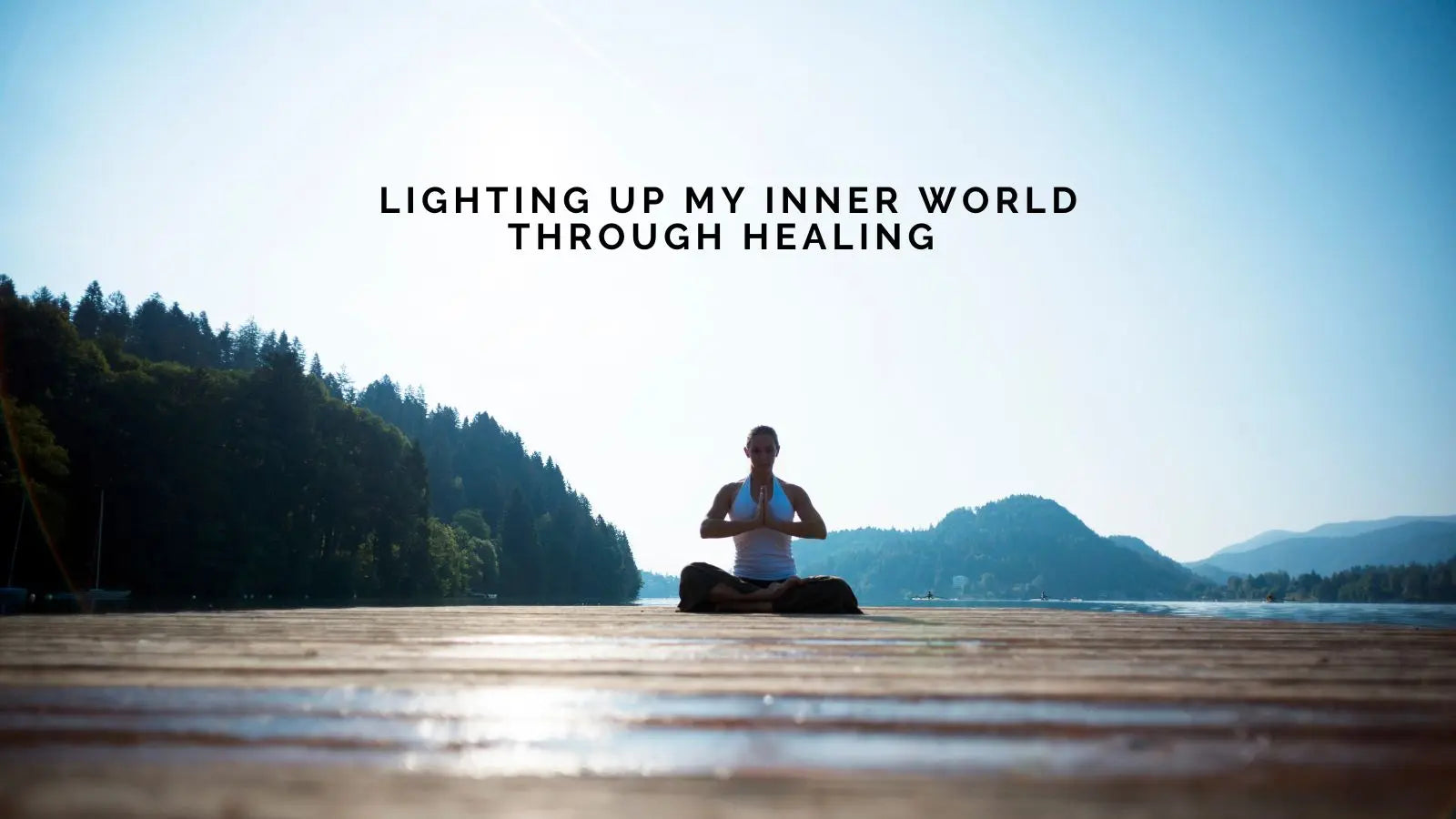
Photo: Eleanor Roosevelt National Historic Site, New York
She was born into a world that told her to stay quiet. That nice girls didn’t speak too loudly, didn’t step out of line, and certainly didn’t challenge the status quo. But Eleanor Roosevelt never quite fit into the mold society built for her — and instead of shrinking, she chose to grow.
Eleanor’s early years were shadowed by grief and loneliness. She lost both of her parents before she was ten years old. Shy, awkward, and unsure of her place in the world, she spent much of her childhood feeling invisible. But deep within her, a quiet fire was already beginning to stir — one that would one day light the way for millions.
She was sent to a boarding school in England, where her headmistress, Marie Souvestre, nurtured her sense of independence and social responsibility. It was there that Eleanor discovered her voice — and that it deserved to be heard. And though her return to New York meant stepping back into high society’s expectations, that inner voice never stopped growing louder.
Marrying Franklin D. Roosevelt didn’t offer her the escape or platform she might have expected at first. For years, she moved in the background, dutiful and polite. But when her husband contracted polio and their partnership evolved into something more political than personal, Eleanor began to emerge. Not as a shadow of him, but as a woman of purpose in her own right.
She fought for the poor. For women. For Black Americans. For workers with no protection. For children without homes. She walked into coal mines, visited settlements, toured war-torn hospitals, and sat with the people no one else seemed to see. But one of the most striking chapters of Eleanor’s life came when she refused to back down from a group notorious for its hate: the Ku Klux Klan.
When the KKK warned Eleanor Roosevelt to stop her civil rights advocacy — particularly her bold steps to support the NAACP and speak out against lynching — she didn’t just ignore their threats. She leaned in even harder. She insisted on sitting beside Black delegates at events. She invited Black performers like Marian Anderson to sing when they were barred from other venues. She drove her own car, without security, to speak in places others feared to go. The Klan even offered a bounty on her head — and still, she carried on.
Eleanor didn’t fight with fists or shouts. She fought with presence, with pen and paper, with tireless travel, and with the kind of courage that comes from knowing what is right. In a time when women were still expected to smile and nod, she challenged presidents, advisors, and world leaders. She wasn’t just First Lady — she became a global advocate for human dignity.
Later, as a delegate to the United Nations, she helped draft the Universal Declaration of Human Rights. A woman who once questioned her own worth became one of the loudest voices for the worth of every human being.
Eleanor Roosevelt’s story is not just about activism. It’s about becoming — about choosing, day by day, to listen to that inner fire instead of the doubts that try to drown it. She stood tall, not because she never felt fear, but because she knew some things were too important not to fight for.
And perhaps the most beautiful part of her legacy is this: she proved that you don’t have to be loud to be powerful. You just have to be brave enough to keep going.



















